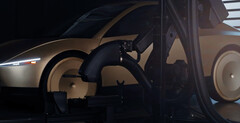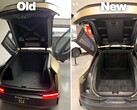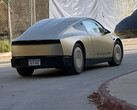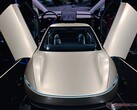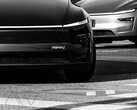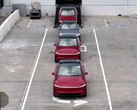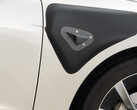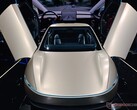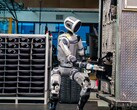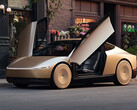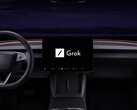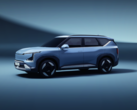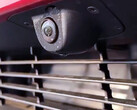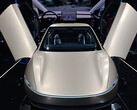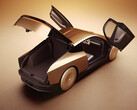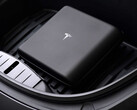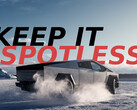With battery prices falling, and at Tesla's quoted Cybercab efficiency per kWh of battery pack, the autonomous Robotaxi vehicle might be profitable even at a $15,000 price.
That is not the price Elon Musk mentioned during the Cybercab unveiling when he said that it will cost twice that before any potential subsidies or incentives. It could, however, be the tag when it is produced at scale, according to an ARK Invest analysis of the robotaxi market potential:
Tesla has suggested that the Cybercab will have an efficiency of 5.5 miles/kWh. Paired with the battery cost decline anticipated by Wright’s Law, that efficiency suggests that the battery could cost as little as $2,300. Typically, the drivetrain of a vehicle is ~20% of the total vehicle cost, which suggests a Cybercab could be profitable at a price of $15,000 or below.
There are plenty of assumptions here, and ARK is known to be a cheerleader, but even at the expected sub-$30,000 tag with subsidies, the obstacles standing before the proliferation of Cybercabs on public streets have little to do with Tesla's pricing strategy.
It will take a while to convince regulators that an autonomous vehicle without steering wheel or pedals will be safe, despite that Elon Musk is on record saying he will use his position as head of the DOGE undertaking to help speed up the regulatory process, conflict of interest or not.
Tesla plans to launch robotaxi service with unsupervised FSD as a pilot project in Austin in June, but the fleet will consist of Model Y Juniper or Model 3 vehicles, rather than Cybercabs that will only join in 2026 at the earliest.
There are plenty of other practical issues to be ironed out, such as the Cybercab's wireless charging and cleaning infrastructure, too, for those times between rides when the previous passengers leave a mess and there is no driver to whip out a good portable vacuum cleaner.
Tesla has now teased that it has a plan to address those practicalities, and has developed a self-cleaning solution for its Robotaxi fleet. The robotic arm can go inside a Cybercab and automatically detect what needs to be taken out, thrown away, or vacuumed.
At the end, it can even polish finger grease away from the display and let the Cybercab head to the next passenger call. It remains to be seen how will all that work in practice and where will all those Cybercab cleaning and charging stations be located, though.




